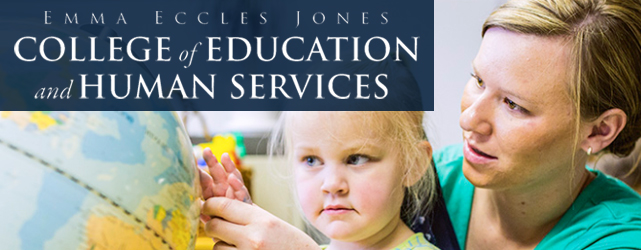Divergent Realities and Inequalities: Adolescents’,Mothers’, and Observers’ Perceptions of Family Interaction and Adolescent Psychological Functioning.
Document Type
Article
Journal/Book Title/Conference
Journal of Adolescent Research
Volume
13
Publication Date
1998
First Page
377
Last Page
402
Abstract
Examined mothers', adolescents', and observers' discrepancies in perceptions of family interaction guided by 2 approaches to discrepancies: divergent realities approach, which explores discrepancies in different peoples' perceptions of the same family member interaction, and the perceived inequality approach, which focuses on 1 individual's perception of discrepancies between family members' interaction. The authors used a video-recall procedure to assess the conversations of 79 rural working-class families. Results using the divergent realities approach support a developmental lifespan perspective that posits that adolescents and mothers have different developmental tasks, which result in their viewing their behaviors with each other through different lenses. Adolescents viewed family interactions as more conflictual and perceived greater inequalities between themselves and their mother. These discrepancies may contribute to the transformation toward more symmetrical and individuated parent–child relationships. Results using the perceived inequalities approach revealed that discrepancies between adolescents and their mothers were associated with adolescents' internalizing and externalizing symptoms. (PsycINFO Database Record (c) 2016 APA, all rights reserved)
Recommended Citation
Welsh, D. P., Galliher, R. V., & Powers, S. I. (1998). Divergent realities and inequalities: Adolescents’, mothers’, and observers’ perceptions of family interaction and adolescent psychological functioning. Journal of Adolescent Research, 13, 377- 402.


